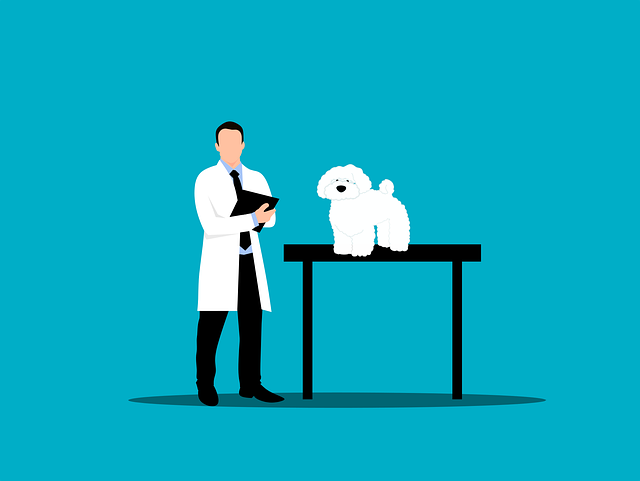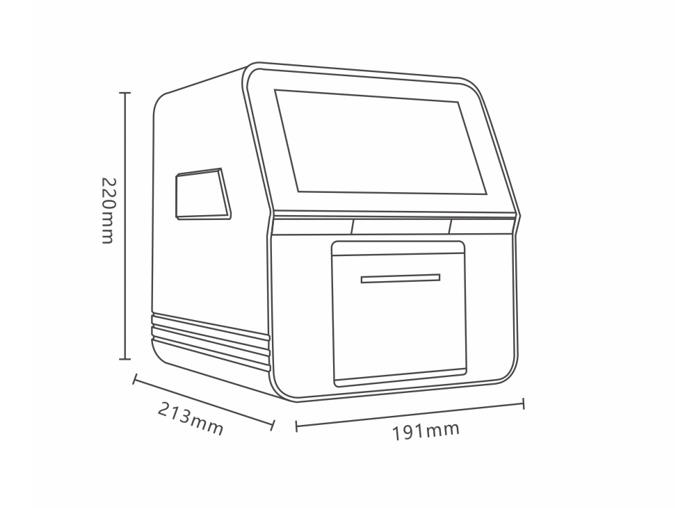Ever wondered what makes a laboratory tick? One crucial tool is the chemistry immunoassay analyzer(CIA), a powerful equipment that unlocks the secrets hidden within tiny drops of blood. Among these analyzers, the CLIA analyzer, short for Chemiluminescence Immunoassay Analyzer, stands out for its speed, precision, and versatility. But before you rush to equip your lab with this shining star, let's take a closer look at its strengths and weaknesses.
Understanding Chemistry Immunoassay Analyzer(CIA)
-
Demystifying the Technique:Chemistry immunoassay analyzers, or CLIA analyzers, are sophisticated instruments designed for analyzing biological samples, offering a streamlined approach to diagnostic testing. Unlike traditional methods, CLIA stands out for its advanced chemiluminescence technology, enabling precise detection of specific analytes.
-
Shining a Light on the Difference: Compared to other diagnostic technologies like ELISA, which relies on color changes, CLIA distinguishes itself through the emission of light. This contrast in detection methods impacts the sensitivity and specificity of the analysis. CLIA's luminescent approach unlocks a new realm of possibilities in the realm of medical diagnostics.
-
Unlocking the Secrets of Luminescence:At the core of CLIA lies the captivating process of chemiluminescence. Enzymes catalyze reactions within the biological sample, producing light that serves as a biological indicator in the assay. This unique mechanism ensures accurate and reliable results, making CLIA a frontrunner in diagnostic technologies.
Pros of Chemiluminescence Immunoassay (CLIA) Analyzer
1. High Sensitivity and Specificity: One of the standout features of CLIA analyzers is their unparalleled sensitivity and specificity. This makes them ideal for detecting low levels of various biomarkers, from hormones to tumor markers. This high precision is essential for accurate diagnosis and effective patient care.
2. Speed and Efficiency: CLIA analyzers boast rapid result turnaround times, enhancing the efficiency of laboratory workflows. Automation features streamline processes, reducing the need for manual intervention and expediting the delivery of critical diagnostic information to healthcare professionals.
3. Wide Test Menu: Versatility is a hallmark of CLIA analyzers, offering a wide test menu that spans diverse diagnostic areas. From infectious diseases to cardiac markers, these analyzers cater to a spectrum of testing needs, making them indispensable in a clinical laboratory setting.
4. Accuracy and Reproducibility: Consistent and reliable results are paramount in diagnostic testing. CLIA analyzers, with their controlled reaction kinetics and minimized human error, deliver on the promise of accuracy and reproducibility, instilling confidence in healthcare professionals.
5. Safety and Waste Reduction: CLIA analyzers eliminate the need for radioactive materials, ensuring a safer working environment. Additionally, their efficient use of reagents contributes to reduced waste, aligning with environmental sustainability goals.
Cons of Chemiluminescence Immunoassay (CLIA) Analyzer
1. High Initial Cost: While the benefits are evident, the initial investment required for acquiring and maintaining CLIA analyzers can be substantial. Labs must weigh this cost against the potential long-term advantages, considering their budget constraints.
2. Technical Expertise: Operationalizing CLIA analyzers demands a level of technical expertise. Laboratories need adequately trained staff to handle and troubleshoot these instruments effectively, adding a layer of complexity to their implementation.
3. Limited Flexibility: Some CLIA platforms may have limited customization options compared to alternative assay systems. This may restrict their adaptability to specific research needs, requiring labs to carefully evaluate their testing requirements.
4. Potential Interference:Factors such as sample components or cross-reactivity with other substances may affect CLIA results. Labs should be aware of these potential interferences and consider them in the interpretation of test outcomes.
5. Reagent Availability and Cost: Dependency on specific suppliers for reagents may pose challenges, including potential supply chain vulnerabilities. Understanding the reagent landscape is crucial for labs relying on CLIA technology.
Making an Informed Decision
In conclusion, Chemiluminescence Immunoassay Analyzers, commonly known as CLIA analyzers, stand as powerful tools in the realm of medical diagnostics. Choosing the right tool for your lab demands careful consideration. Weigh the benefits of CLIA's accuracy, speed, and versatility against its cost, technical requirements, and potential limitations. Evaluate your laboratory's needs, budget, and expertise to determine if this high-tech sleuth is the perfect partner for your diagnostic endeavors.
Ultimately, understanding the strengths and weaknesses of Chemistry Immunoassay Analyzers and Chemiluminescence Immunoassay Analyzers empowers you to make informed decisions about equipping your lab for success. Remember, whether you're a seasoned lab leader or a curious newcomer, embracing these powerful tools can illuminate the path to accurate diagnoses and improved patient care.




